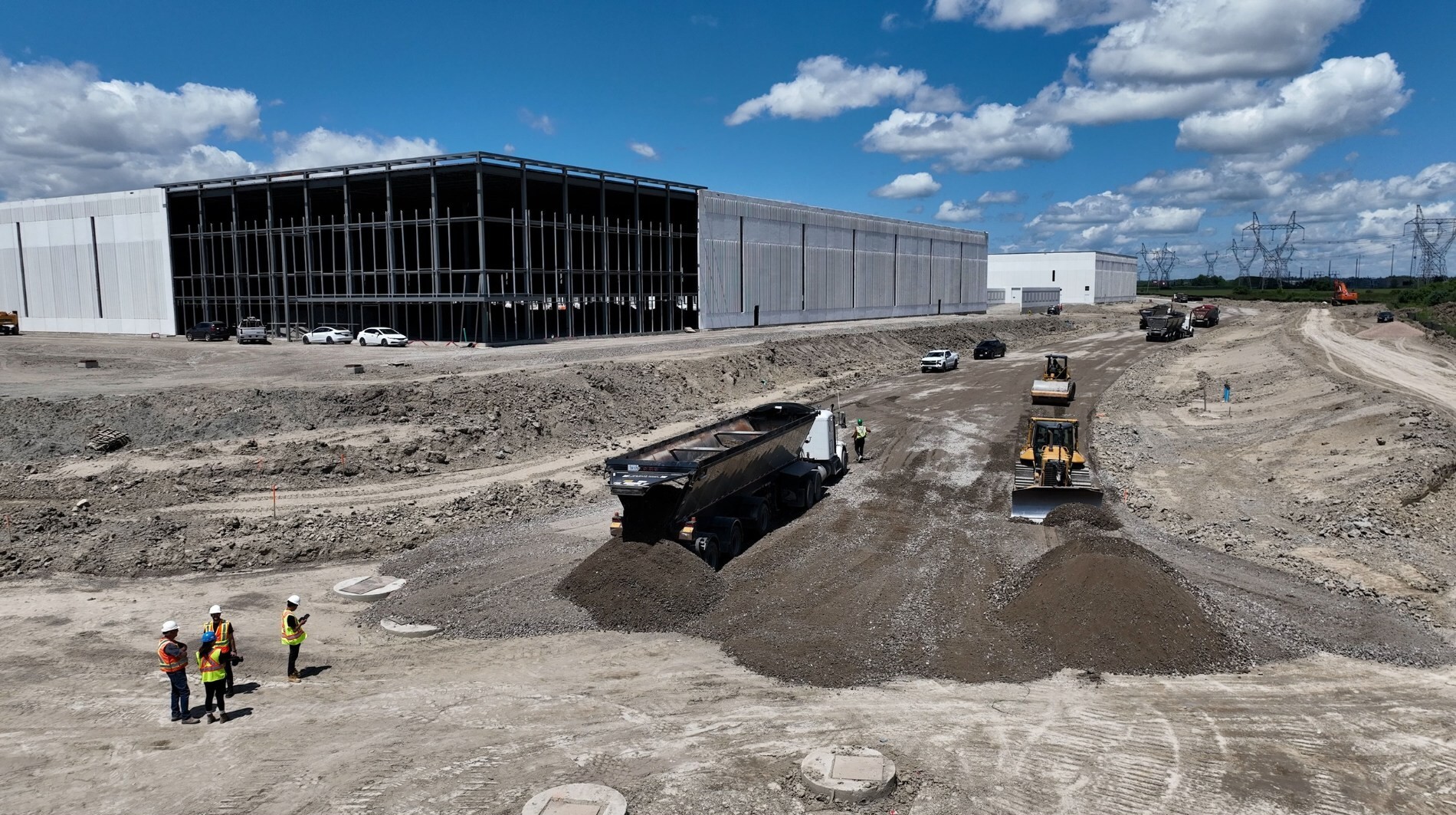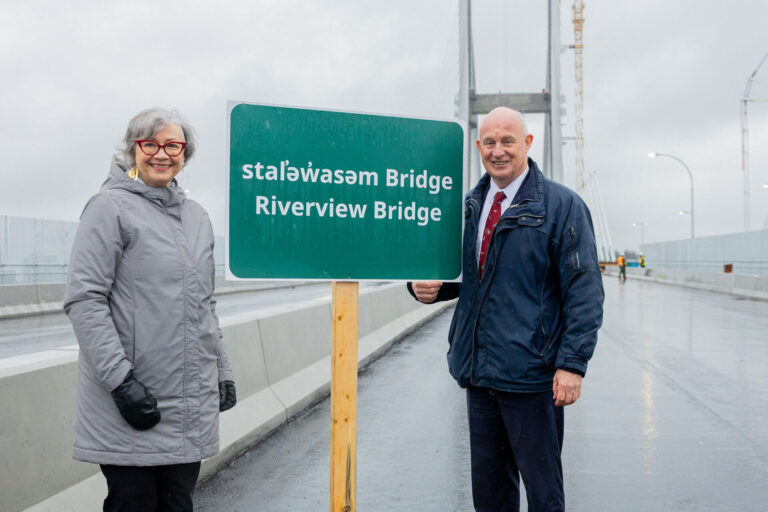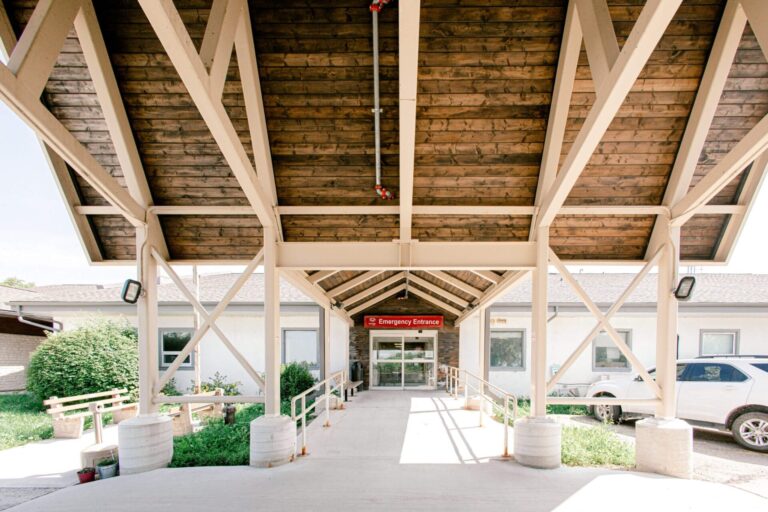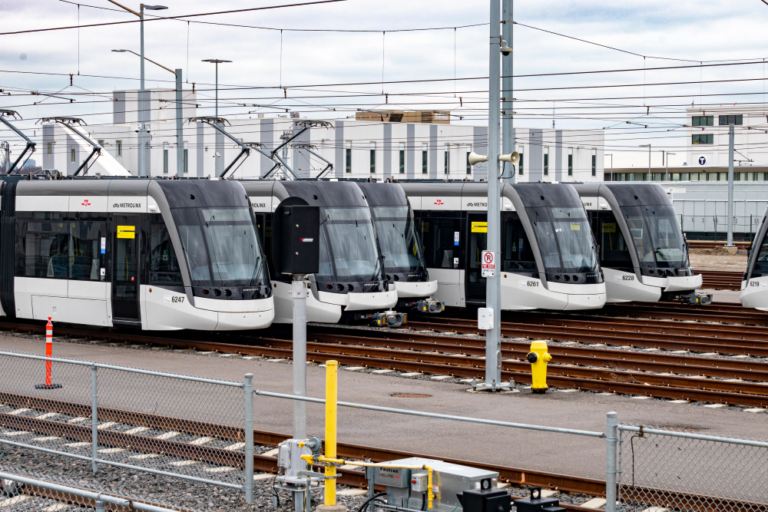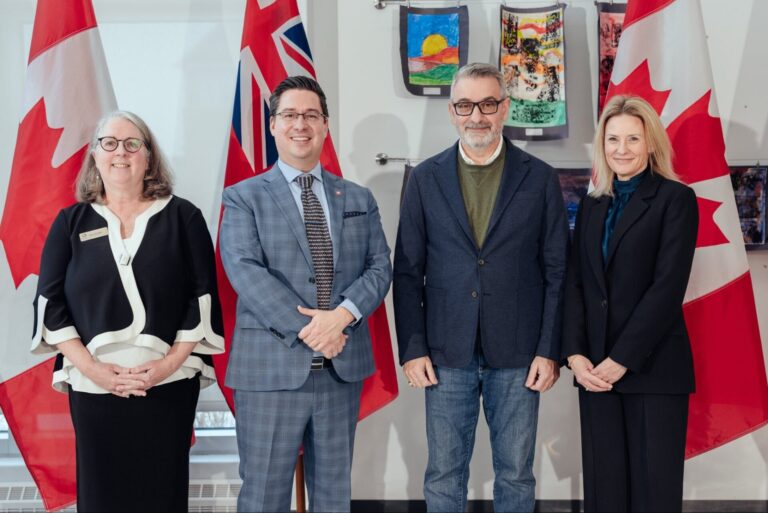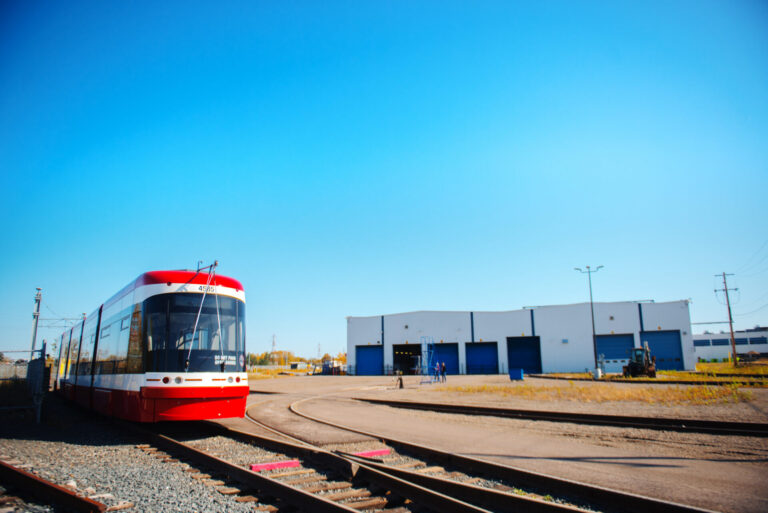The Government of Ontario has introduced the Protect Ontario by Building Faster and Smarter Act, 2025 to help speed up the construction of new homes and infrastructure, including by streamlining development processes and reducing costs in close partnership with municipalities. The province is also increasing its investment in housing-enabling infrastructure by adding $400 million in immediate funding to the Housing-Enabling Water Systems Fund (HEWSF) and Municipal Housing Infrastructure Fund (MHIP) for a total of nearly $2.3 billion over four years across the HEWSF and the MHIP.
“We are taking bold action to protect Ontario in the face of economic uncertainty by speeding up construction so we can lower housing costs and keep workers on the job,” said Rob Flack, Minister of Municipal Affairs and Housing. “The legislation we’re tabling today responds to recommendations and requests from municipal leaders, and will help build the homes and infrastructure Ontario needs.”
The Protect Ontario by Building Faster and Smarter Act, 2025, if passed, and related actions would:
- Spur new construction by simplifying and standardizing development charges based on measures that were developed in consultation with municipalities, including measures that some municipalities have already implemented. Ontario will work with municipalities to continue simplifying, streamlining and reducing costly local development fees that can add hundreds of thousands of dollars to the cost of new homes.
- Remove barriers for Canadian manufacturers who want to introduce innovative materials, systems and building designs that could reduce construction costs and expedite projects.
- Streamline and improve planning and delivery for transit-oriented communities, creating more jobs and housing options near transit.
- Reduce costs and speed up project approvals with consistent building construction standards across Ontario municipalities.
- Significantly speed up getting shovels in the ground to build major transit projects by extending measures in the Building Transit Faster Act, 2020 to all provincial transit projects.
- Simplify, streamline and bring consistency and transparency to development applications, land use planning approvals, and contents of municipal official plans. These changes would make it easier and faster to build residential, commercial and industrial buildings within and across Ontario’s municipalities.
- Ontario’s road building standards can differ across the province’s 444 municipalities, causing unnecessary cost and delays. The province will consult with municipalities and stakeholders by fall 2025 on framework legislation for greater harmonization and clarified governance of municipal standards, which will lead to cost savings through more efficient design and technical review, greater construction efficiencies and streamlined procurement processes.
“We are pulling out all the stops to protect and build up Ontario during this time of economic uncertainty,” said Kinga Surma, Minister of Infrastructure. “Our expanded investments will ensure we can build even more homes, create more jobs and protect the most critical infrastructure that people depend on every day.”
The civil infrastructure construction associations welcomed the government’s announcement that consultations will be launched with municipalities and industry to harmonize road building standards as part of the recently introduced Bill 17.
Ontario’s municipalities own and manage more public infrastructure than the federal and provincial governments combined, with, on average, more than 50 per cent of their budgets allocated to construction and infrastructure. While provincial standards exist, Ontario’s 444 municipalities have discretion in their implementation and have instead amassed hundreds of varying requirements for how to build and procure similar use projects, like roads, bridges, sewers and watermains. These differences cost taxpayers millions of dollars more, while reducing quality and productivity and increasing waste and carbon emissions.
The Toronto and Area Road Builders Association (TARBA), Greater Toronto Sewer and Watermain Contractors Association (GTSWCA), and the Heavy Construction Association of Toronto (HCAT) have advocated that following provincial standards, jointly administered by the Ontario Ministry of Transportation and the Municipal Engineers Association, will result in reduced building costs and faster construction timelines through efficiencies and economies of scale.
“This announcement builds on the government’s ongoing commitment to reduce red tape and build the critical infrastructure our communities need. We look forward to working with the provincial government and the ministry as part of the consultation process,” said Raly Chakarova, Executive Director at TARBA. “Breaking down barriers by harmonizing practices across municipal boundaries is a real solution that will bring in faster construction timelines and create significant cost savings for taxpayers, particularly through initiatives such as the standardized and increased use of Recycled Crushed Aggregates.”
“This is a pivotal moment for infrastructure development in Ontario,” said Patrick McManus, Executive Director of the GTSWCA. “By standardizing construction specifications and contracts, we can reign in rising construction costs and lay the groundwork for sustainable growth and cost-effective infrastructure solutions, without fundamentally altering how we design, build, finance, or maintain our critical core infrastructure in the region.”
“This is the time for the provincial and federal governments to step in and ensure that municipalities have predictable and continuous infrastructure funding to get projects out the door, shovels in the ground, and keep everyone employed,” said Peter Smith, Executive Director at HCAT. “But municipalities need to drop their own barriers. There is no reason that a different asphalt type or watermain fitting needs to be used simply because a project crosses over Steeles Ave.”
Featured image: (TARBA)

